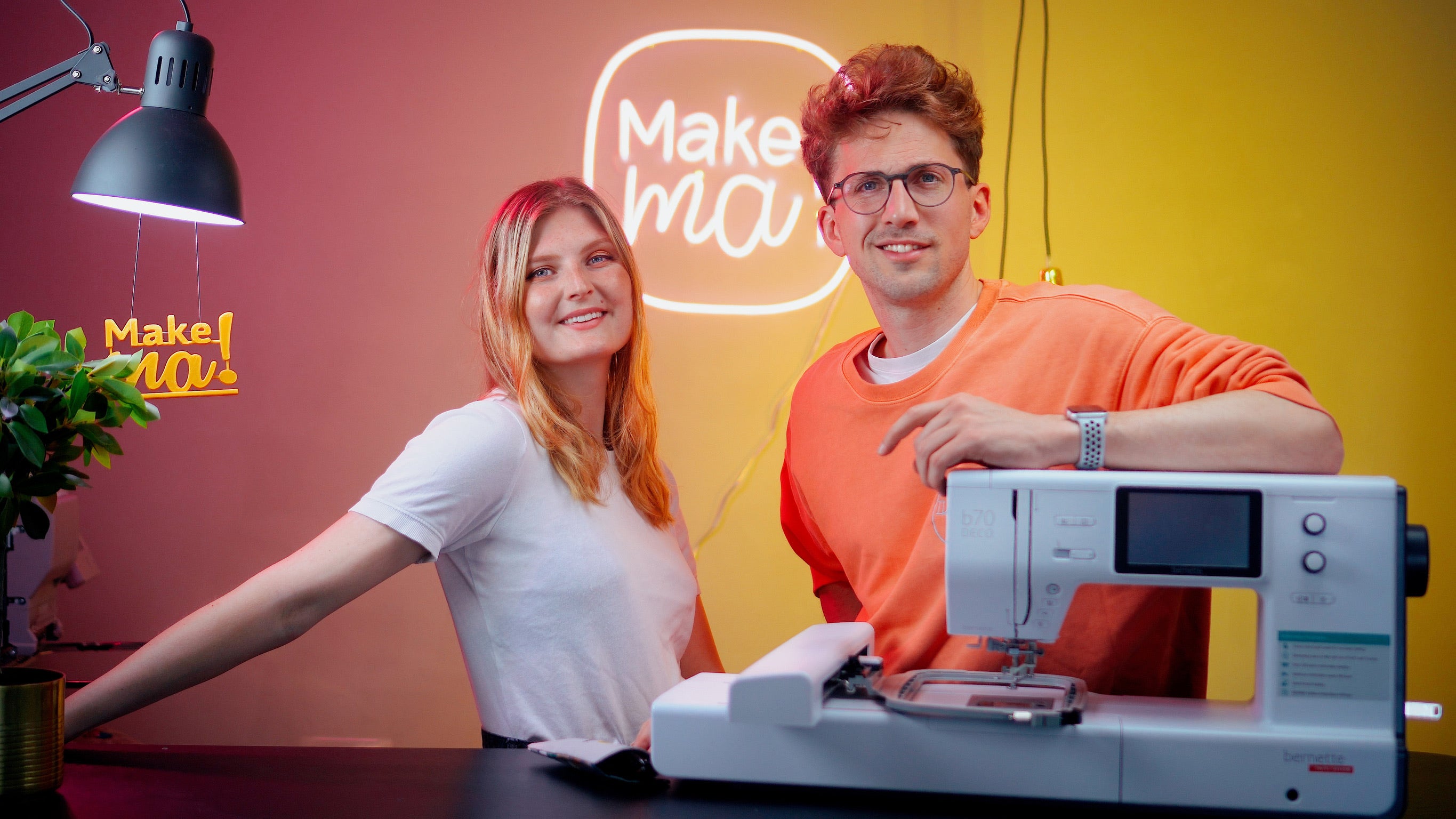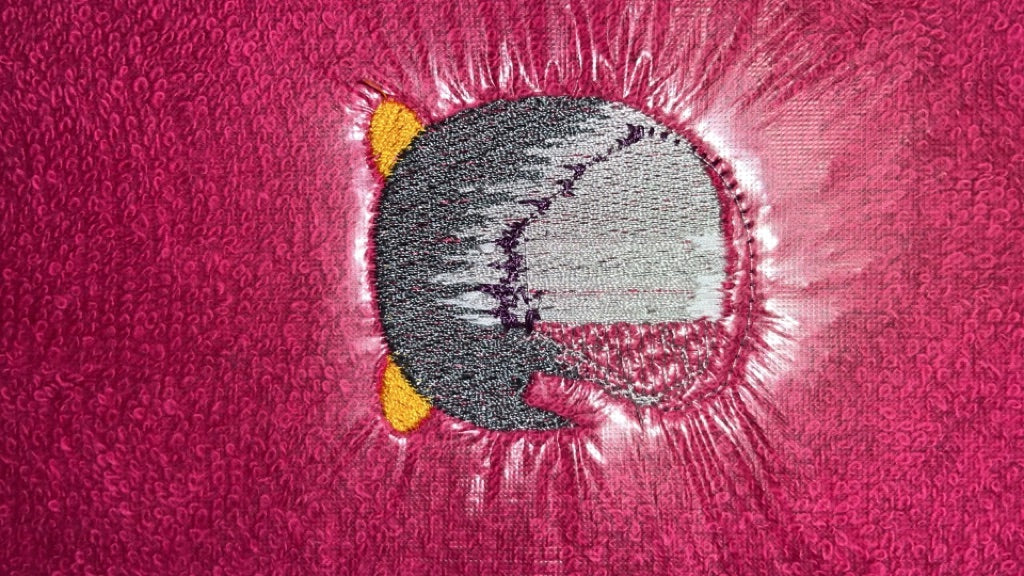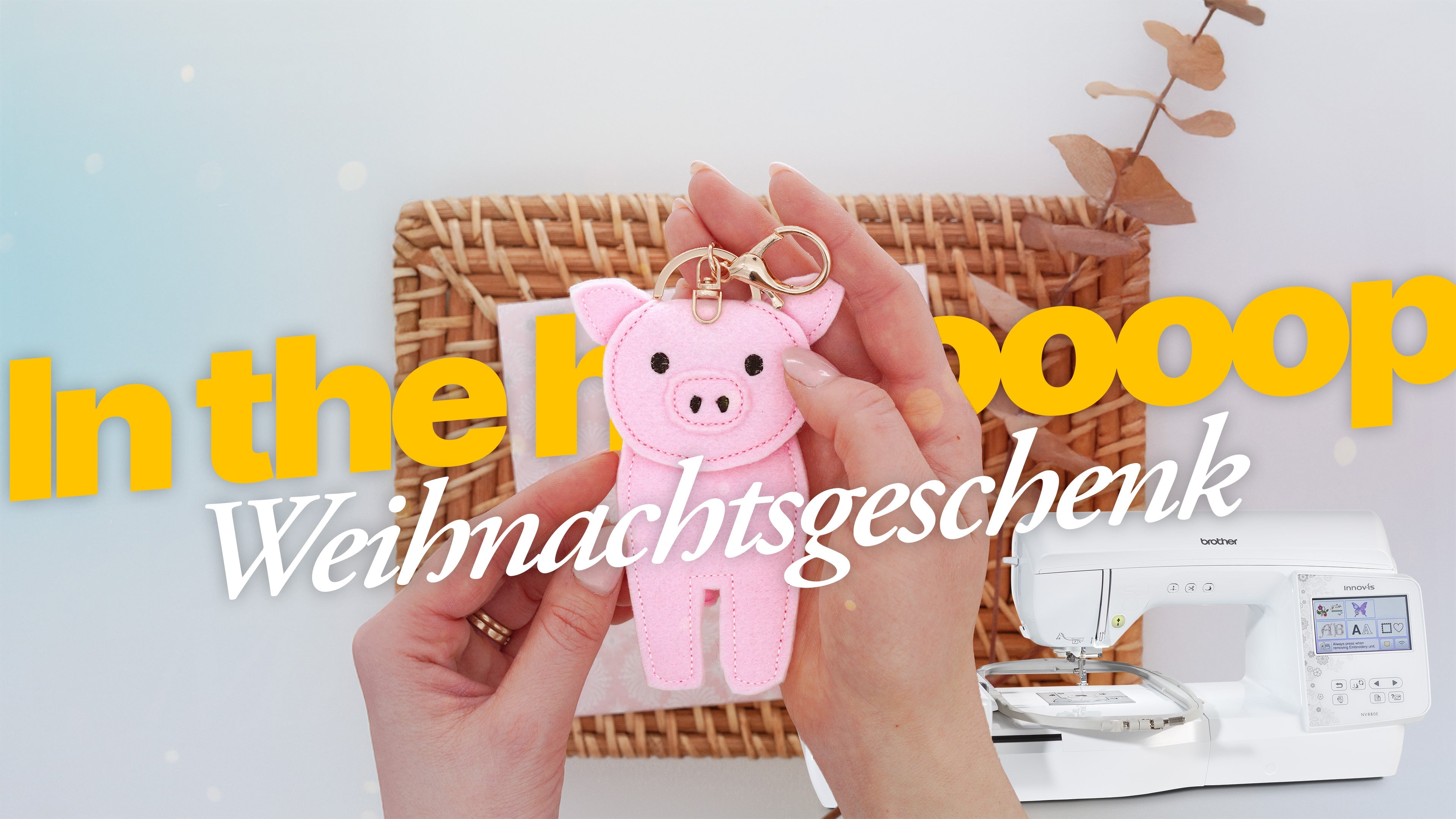When the bobbin thread is pulled upwards while sewing or embroidering, this is called "bobbin thread lifting." This occurs when the bobbin thread is visibly on the top side of the fabric or is even pulled through the top side. This is not normal—the cause is usually related to the thread tension or the threading path.
Typical signs of a bobbin thread coming up
- Bobbin thread is visible on the top side of the fabric
- Seams appear uneven or loose
- Yarn loops on the top
- Stitch pattern is unclean or distorted
- Loud noises possible when sewing

Causes: Why does the bobbin thread come up?
Upper thread tension too low
The most common cause: If the upper thread tension is too loose, the upper thread cannot pull the lower thread down correctly - instead the lower thread lifts up.
Solution: Increase the upper thread tension gradually and test with a sample piece.
Upper thread incorrectly threaded
Even small errors in threading lead to problems with the thread tension.
Solution: Rethread the upper thread completely. Make sure the presser foot is up while threading so the tension discs are open.
Thread is not positioned correctly in the tension unit
If the thread is not between the tension discs, there is no tension.
Solution: When threading, deliberately pull the thread slightly to the left – this will ensure that it slides correctly between the discs.
Bobbin case or bobbin thread not inserted correctly
An incorrectly inserted bobbin thread can also cause problems with the thread tension.
Solution: Check the direction of rotation (depending on the machine, usually clockwise) and reinsert the spool.
Wrong needle or defective needle eye
A blunt or damaged needle can lead to irregular thread path.
Solution: Replace the needle – for fine fabrics, for example, with a Microtex or universal needle in size 70/10 or 80/12.
Fabric too thick or inappropriately stabilized
A fabric that is too thick or an unsuitable interfacing can disrupt the balance between the upper and lower threads.
Solution: Use suitable interfacing and check whether the fabric thickness matches the needle and thread selection.

How to find the right thread tension
An optimal stitch shows the top and bobbin threads exactly on the top and bottom of the fabric. Visible threads on the wrong side almost always indicate a tension problem.
Tip: Use a test strip with contrasting upper and lower threads to analyze the stitch pattern.
While the bobbin thread tension is approximately 8-10g during sewing, the tension during stitching is significantly higher at 18-25g. Many combined sewing and embroidery machines therefore use a separate embroidery bobbin case, which is used when converting from a sewing machine to an embroidery machine.

When should you have your machine checked?
If you've checked all the steps above and the problem persists, there may be a defect in the thread tension unit or the hook. In this case, professional service will help.
Summary: Bobbin thread comes up – what to do?
The bobbin thread comes up when the balance between the upper and lower thread tension is disturbed. In most cases, correct threading, the right needle selection, and an adjusted thread tension help. Only rarely is it due to a technical defect.









Split:
How do I transfer embroidery files via USB?
Transfer embroidery files to embroidery machine